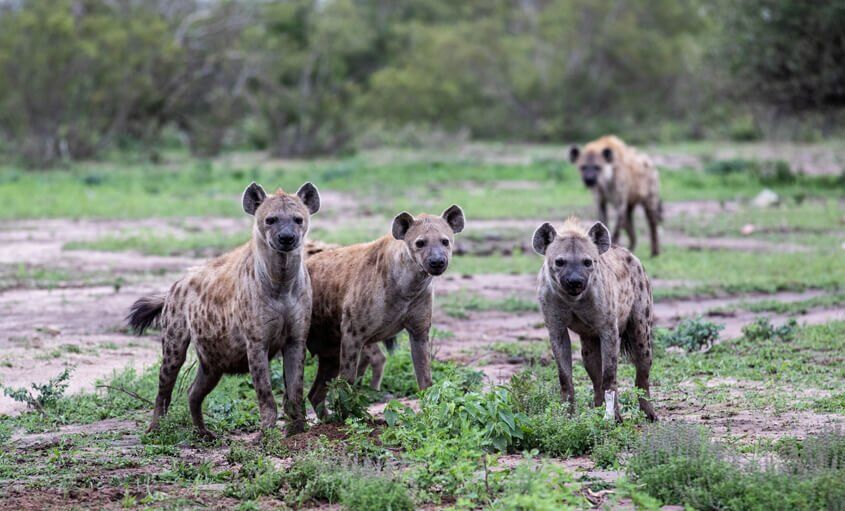The Ol Pejeta Conservancy is a charitable wildlife reserve spread across 140 square miles in Central Kenya’s Laikipia County. Situated on the equator west of Nanyuki, it is nestled between the Aberdares and Mount Kenya. The purpose of the Ol Pejeta Conservancy is to preserve wildlife, serve as a refuge for great apes and provide income through tourism and associated enterprises that are later put towards conservation and community initiatives.
The Ol Pejeta Conservancy is a prime safari destination in East Africa, home to the largest black rhino sanctuary in the region. In 2013, the population of black rhinos exceeded 100. It is also the only place in Kenya to see the two remaining northern white rhinos in the world, which were relocated from the Dvůr Králové Zoo in the Czech Republic. The Sweetwaters Chimpanzee Sanctuary provides refuge for orphaned, abandoned, and rescued chimpanzees. In addition to the “Big five game” animals, a variety of other African animals reside in the Conservancy. A livestock program is also in place, which benefits both local pastoralists and wildlife. Ol Pejeta contributes to the surrounding communities by funding health, education, water, and infrastructure projects, and by providing agriculture and livestock extension services. The Conservancy also encourages community-based conservation tourism initiatives.
The Ol Pejeta Conservancy is home to all five members of the Big Five game (lion, Cape buffalo, African elephant, leopard and rhinoceros). It is one of only eight sanctuaries in Africa, which have been designated as a “Key 1” black rhino population by the IUCN African Rhino Specialist Group, boasting 100 black rhinos born in 2013. In addition to the Big Five game, the Conservancy also shelters many other endangered species such as the African wild dog, Oryx, Jackson’s hartebeest, Grevy’s zebra, Serval, cheetah, and bat-eared fox. Ol Pejeta is also populated with abundant African wildlife, including giraffes, vervet monkeys, baboons, hippos, impala, eland, Grant’s gazelle, dik-dik, plains zebra, silver-backed jackal, hyena, and over 300 bird species.
The Conservancy has established “game corridors” for wildlife to move through, but with a catch: rhinos are kept from entering areas where their horns are at risk of being poached. Those wishing to explore the Conservancy can do so with a variety of activities, including joining Canine anti-poaching unit sessions to witness the rigorous training of these animals, tracking lions, horseback riding with endangered rhinos, signing up for the junior ranger program, and morning runs with rangers.
Whether you are flying solo, in a group, or on any family vacation, our fine selection of well-curates itineraries take you on a journey to discover the best wildlife places.





Whether you’re planning a safari, or have a question about traveling to Africa, our Travel Specialist would love to respond to your inquiries. Drop us a message.